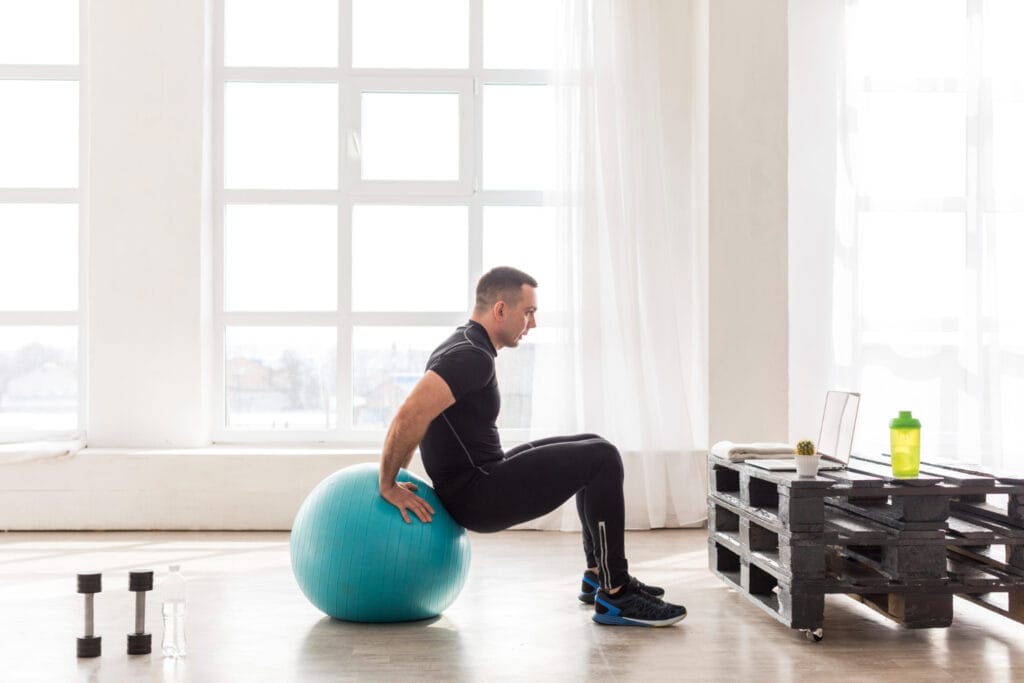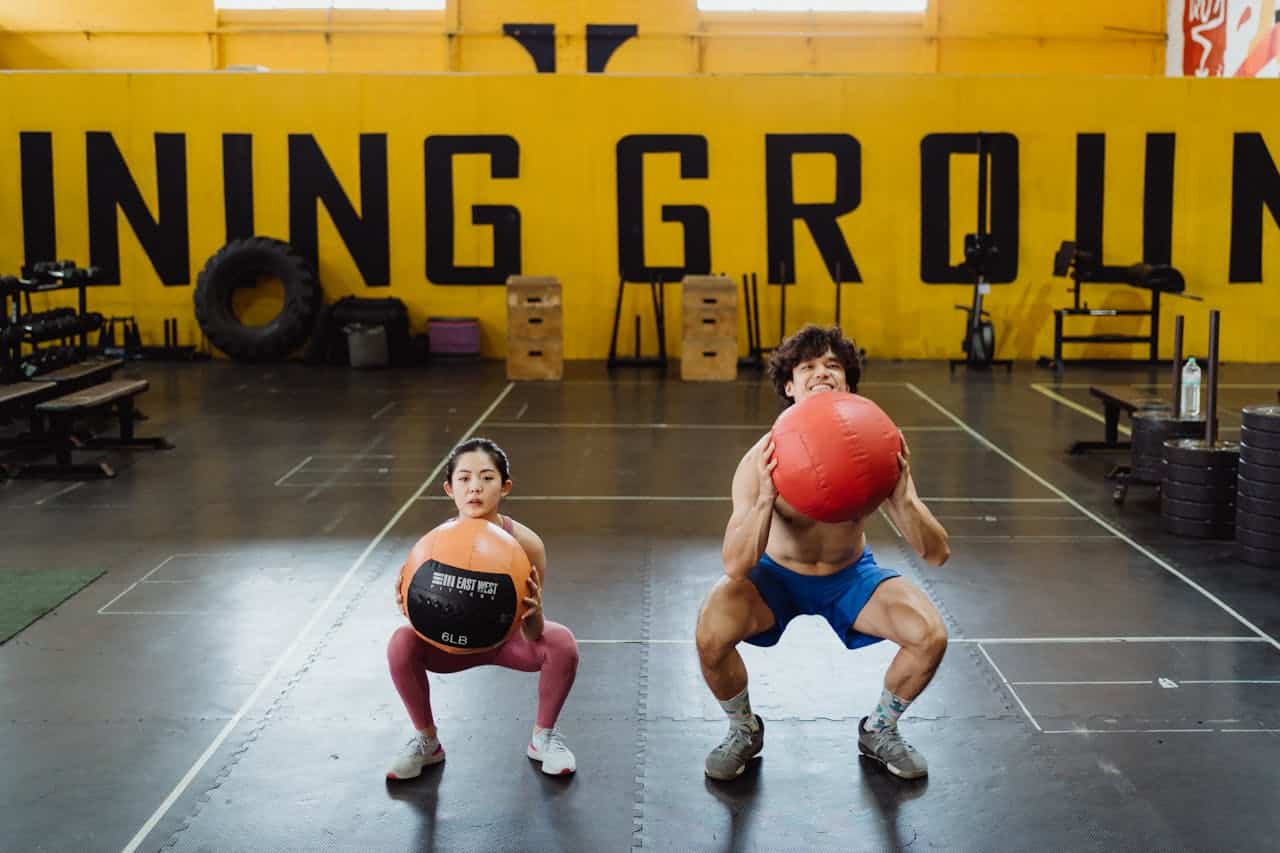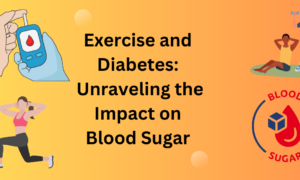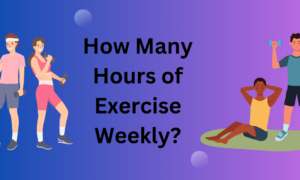A popular strategy for increasing strength, stamina, and general fitness is functional training. But one component of functional training that is often overlooked is flexibility. You can improve your performance, avoid injuries, and speed up muscle recovery by including mobility drills, stretching exercises, and flexibility exercises in your training routine.
What is Functional Training?
The goal of functional training is to improve strength, stability, and coordination through exercises that replicate daily movements. In contrast to conventional weightlifting, which often targets only one muscle group, functional training works several muscles at once. This training approach is especially helpful for increasing endurance, agility, and balance in everyday activities, whether you’re an athlete or just trying to stay active.
However, without proper mobility drills and flexibility exercises, your muscles and joints may not move efficiently, leading to discomfort, poor performance, and an increased risk of injuries.
Why is Flexibility Important in Functional Training?
Flexibility is a crucial aspect of overall health and fitness. It aids not just in executing exercises effectively but also assists in everyday movements such as bending, reaching, and twisting smoothly. A comprehensive fitness program should incorporate flexibility exercises to keep muscles and joints flexible, minimizing stiffness and enhancing movement efficiency. Lacking adequate flexibility, the body is more susceptible to discomfort, pain, and chronic mobility problems, which can affect life quality as time goes on.
1. Enhances Range of Motion
Flexibility improves the ability of muscles and joints to move through their full range of motion. This is essential for performing functional exercises efficiently. A limited range of motion can result in improper technique, which may lead to muscle imbalances and joint strain.
2. Reduces the Risk of Injury
One of the primary benefits of flexibility exercises is injury prevention. Tight muscles and restricted joints increase the likelihood of strains, sprains, and other injuries. A well-planned stretching routine helps keep the muscles supple and reduces tension, lowering the risk of injuries during workouts and daily activities.
3. Improves Muscle Recovery
After an intense workout, muscles tend to tighten, leading to soreness and stiffness. Incorporating mobility drills and stretching routines post-workout helps alleviate this tightness, enhancing muscle recovery and reducing delayed onset muscle soreness.
4. Boosts Strength and Performance
Contrary to the misconception that stretching weakens muscles, proper flexibility enhances strength by allowing muscles to contract more efficiently. When muscles move freely, they can generate more power, improving athletic performance and functional movement.
5. Supports Better Posture and Stability
Limited flexibility often results in muscular imbalances that lead to bad posture and discomfort. Integrating flexibility exercises into your routine helps you achieve better alignment, thereby minimizing pressure on your spine and joints.

Types of Stretching for Functional Training
To improve flexibility and mobility effectively, you need to incorporate different types of stretching into your stretching routine. Here are the main types:
1. Dynamic Stretching
Dynamic stretching involves moving parts of your body through their full range of motion in a controlled manner. This type of stretching is ideal before a workout, as it increases blood flow and warms up the muscles.
Examples of Dynamic Stretching:
- Leg Swings – Swing your leg forward and backward to loosen up your hip flexors and hamstrings.
- Arm Circles – Rotate your arms in circles to improve shoulder mobility.
- Walking Lunges – Step forward into a lunge, stretching your hip flexors and quads while activating leg muscles.
2. Static Stretching
Static stretching involves holding a stretch in a fixed position for a certain period, usually 20-30 seconds. It is best performed after a workout to help relax muscles and improve muscle recovery.
Examples of Static Stretching:
- Hamstring Stretch – Sit on the floor with one leg extended and reach toward your toes.
- Chest Stretch – Stand in a doorway, placing your hands on either side and leaning forward slightly.
- Quad Stretch – Stand on one leg, pulling your other foot toward your glutes to stretch the quadriceps.
3. PNF (Proprioceptive Neuromuscular Facilitation) Stretching
PNF stretching is a more advanced method that involves stretching a muscle, contracting it for several seconds, and then stretching it even more. This approach improves flexibility more efficiently than static stretching.
Example of PNF Stretching:
- Hamstring PNF Stretch – Lie on your back, extend one leg upward, push against resistance for 5 seconds, then stretch further.
4. Foam Rolling (Self-Myofascial Release)
Foam rolling aids in relieving muscle tension, boosting blood flow, and promoting muscle recovery. It serves as a fantastic supplement to a stretching routine for tackling muscle knots and improving mobility.
Examples of Foam Rolling:
- Calf Rolling – Roll under your calf muscles to relieve tension.
- IT Band Rolling – Target the outer thigh to reduce tightness.
- Upper Back Rolling – Relieve stiffness in the upper back and shoulders.
A Sample Flexibility Routine for Functional Training
To maximize your functional training performance, try this stretching routine before and after workouts.
Pre-Workout Routine (Dynamic Stretches – 5-10 minutes)
- Arm Circles – 10 reps forward and backward
- Leg Swings – 10 reps per leg
- Hip Rotations – 10 reps per side
- Walking Lunges – 10 reps per leg
- Jumping Jacks – 30 seconds
Post-Workout Routine (Static Stretches – 10-15 minutes)
- Seated Hamstring Stretch – Hold for 30 seconds per leg
- Quadriceps Stretch – Hold for 30 seconds per leg
- Chest Stretch – Hold for 30 seconds
- Hip Flexor Stretch – Hold for 30 seconds per side
- Foam Rolling – 1 minute per muscle group

Common Mistakes to Avoid in Flexibility Training
Flexibility training is a crucial component of a comprehensive fitness regimen, yet it is frequently misinterpreted or performed improperly. Numerous individuals either hurry through their stretching, overlook mobility exercises completely, or neglect to use proper methods, resulting in limited progress or potential injury. Understanding typical errors can aid in guaranteeing that your flexibility training is secure, efficient, and beneficial over time.
1. Skipping the Warm-Up
Stretching cold muscles can increase the risk of injury. Always perform a light warm-up before stretching.
2. Holding Your Breath
Breathe deeply while stretching to help relax muscles and increase oxygen flow.
3. Overstretching
Stretching should never be painful. Pushing too hard can lead to strains and injuries.
4. Neglecting Consistency
Flexibility gains take time. Incorporate flexibility exercises and mobility drills into your routine regularly for long-term benefits.
Conclusion
Flexibility is an essential element of functional training that boosts mobility, reduces injury risk, and improves overall performance. Incorporating flexibility exercises, stretching routines, and mobility drills can enhance your movement patterns, strengthen muscles, and aid in muscle recovery. Regardless of whether you’re an athlete or just someone aiming to remain active, focusing on flexibility within your exercise regimen will enhance your posture, increase your range of motion, and provide lasting fitness advantages. Incorporate flexibility training into your fitness routine, and witness the beneficial effects it has on your body and performance.

























